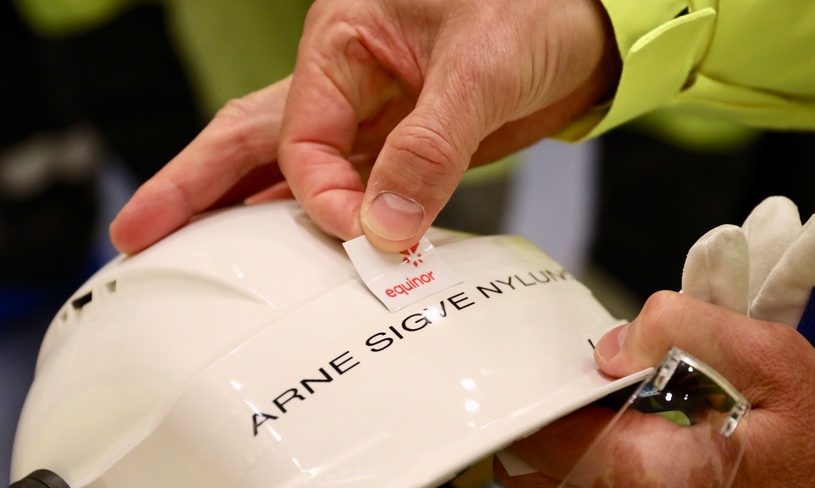June 2018
Despite recently removing the word ‘oil’ from its name and rebranding itself as ‘Equinor’, the Norwegian energy giant remains a big player in the fossil fuel industry.
Since 2017, the company – which is two-thirds owned by Norway’s government – has been loudly promoting its plans to allocate 15 to 20 percent of its annual investments to renewables by 2030.
But clever rebranding and promises of clean energy investments can’t hide the fact that this means the energy giant will still be investing at least 80 percent into its oil and gas business.
With numerous upcoming extraction projects in development, there are no signs the company will be stopping fossil fuel production any time soon.
In December last year, it announced plans to drill in the Arctic ocean, exploiting the Johan Castberg oil field off the northern coasts of Norway and Russia. Before a drop in the oil price forced the company to downscale the project, it claimed the underwater layout was going to be the largest for any new offshore venture worldwide.
The Mariner oil field project, located in the UK North Sea, will see development by the end of 2018, including the production of a new drilling platform. Once built it will enable drilling for oil for 30 more years.
Statoil/Equinor’s extensions of fields also often include preparations for the tie-in of future discoveries, revealing its intentions to keep drilling for oil and gas in the long term.
One such project is the Peregrino field initiative. This is the company’s largest international operation, situated approximately 85km off Brazil. The second phase of development, which will begin by the end of 2020, involves drilling 15 new oil wells.
Statoil/Equinor hopes to paint a greener image over the company’s 50-year oil legacy with new initiatives such as its name change and by over-emphasising its investments in wind energy projects. But the company can’t hide its overriding commitment to fossil fuels.
